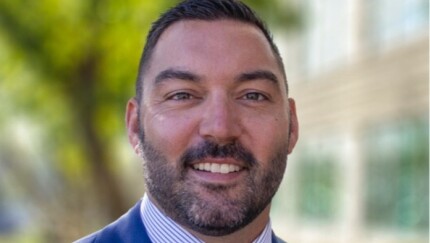Watch the fixed-income space if you want to see a new ETF from Charles Schwab.
The fifth-largest issuer of ETFs in the U.S., which has started just one ETF in the last five years, sees some holes within its lineup of bond strategies, according to Jonathan de St. Paer, president and incoming chief executive of the broker’s asset management arm, Charles Schwab Investment Management.
Minority transactions are increasingly appealing to sellers who are wary of giving up the full control of their firms. But experts say the deals do come with strings.
Matthew Madera has become the latest former JPMorgan private client advisor to be sued after leaving for another firm. In a recent stipulated order, he agreed to stop soliciting former clients until the dispute can be resolved.
“We probably have some gaps on the fixed-income side that we are looking closely at,” said de St. Paer, who will replace Marie Chandoha in the top job on April 1. “We have a lot of assets and a lot of growth but our product set has tended to be more equity heavy over time so we want to make sure that we fill that out.”

By making its low cost, broad index funds available to its brokerage clients, the ETF issuer has amassed $127 billion in less than a decade. However, only four of its 22 ETFs currently focus on debt, data compiled by Bloomberg show. Its largest debt ETF, with $5.8 billion, focuses on inflation-protected securities; another two focus on different maturity Treasurys, while the fourth tracks an aggregate bond index.
De St. Paer declined to comment on exactly how Schwab would address its fixed-income gap, but he did offer a few hints.
While Schwab runs funds dedicated to short- and intermediate-dated Treasurys, it doesn’t have a product focused on long-term bonds, he said. The firm also doesn’t have products focused on components of the aggregate bond index, such as investment-grade or mortgage-backed securities, he said.








